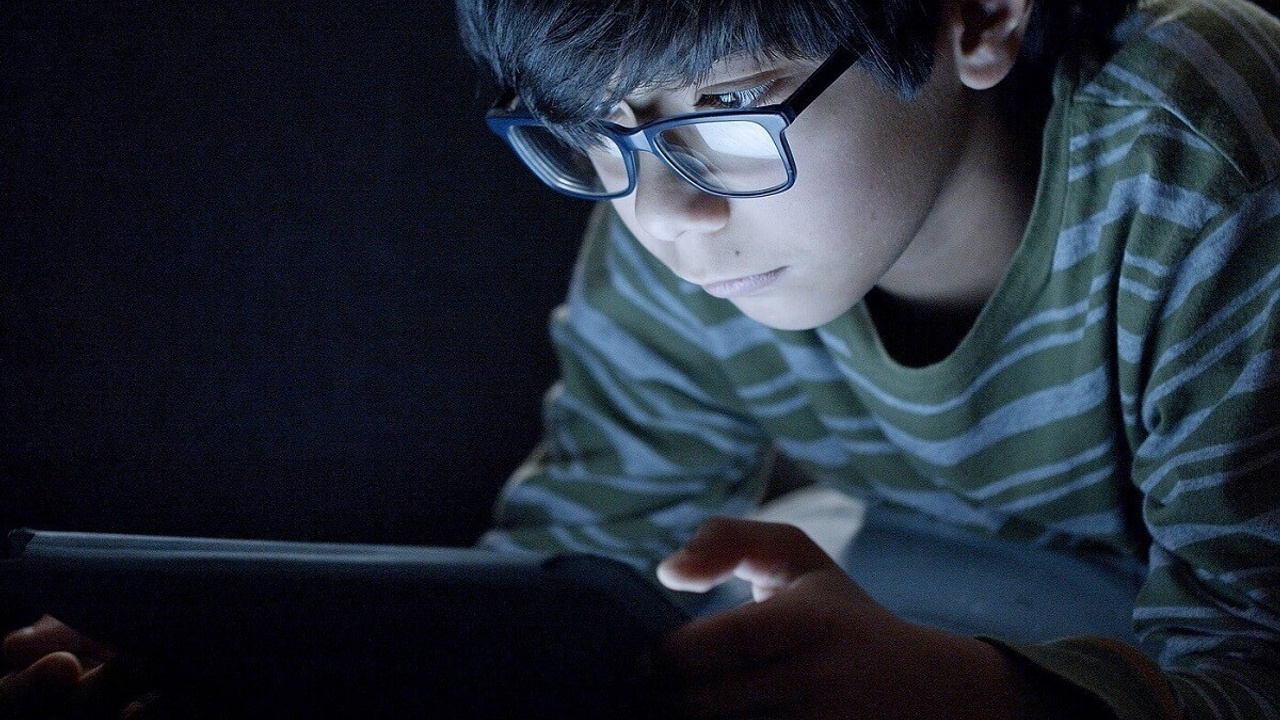
How Much Screen Time is Ok for Kids – Recommendations by Age
Nov 02, 2022Screen time is becoming an increasingly integrated part of our everyday lives. However, too much screen time isn’t healthy for us adults, let alone the developing minds of our little ones.
The American Academy of Pediatrics (AAP) recommends screen time limits for children based on their ages.
Screen Time for Babies, Toddlers, and Young Children
For babies under the age of 18 months old, the recommendation from the AAP is that they have no screen time at all. However, they do make an exception of video chatting with family members—although face-to-face interactions are always best (where possible) for your little one’s development.
Toddlers 18-24 months
For toddlers aged between 18 and 24 months, the recommendations are that limited screen time can be enjoyed with a parent or caregiver. This screen time should be used to reinforce educational development for your toddler.
Children aged 2-4 years old
For young children aged between 2-4 years old, the AAP guidance is for up to 1 hour per day of screen time. The screen time itself should be of high quality, educational content.
Recommended Screen Time for School Aged Children
For children aged between 4 and 5 years old, the maximum screen time recommendation is still up to 1 hour a day. The content of this screen time should be “high quality educational” as it is with younger children and the guidance is that it should still be “co-viewed” with a parent, care giver, or older sibling to reinforce educational learnings. The only exception to this remains time spent video chatting with family members.
Children aged over 5
Once your child reaches the age of 5 and over, they will most likely be interacting with screens as part of their educational development—i.e. during school time and for homework activities. With this in mind, the AAP recommends that you set consistent limits and boundaries for screen time outside of educational activities.
Pre-teens and tweens
There isn’t a specific time limit provided for pre-teen aged children and screen time. However, as devices will be playing an increasing role in their educational development, it’s still crucial to set “consistent limits” that you feel are appropriate for your tween and their screen time.
Teenagers
Just as with tweens, the AAP doesn’t place a specific restriction on the time that you should allow your teen to spend on their devices. Once again, the guidance is around setting consistent boundaries and limits for a teenager’s screen time.
How to limit screen time for kids
Knowing what the screen time limits are for your children is one thing but being able to limit their screen usage is the crucial part. Included below are some tips to help you incorporate screen time limits into your family’s life.
Be consistent
It may be easier said than done but being consistent with the boundaries and limits you set for your children and their screen time is vital.
Create device-free time or set curfews
Setting boundaries such as “no devices during mealtime” or “no screens before bed” can not only limit the amount of screen time your children are racking up, but it can also prioritize those important times for family connection and face-to-face interaction.
Screen-free bedrooms
Preventing your children from using digital devices in their rooms is important for limiting their screen time, preventing screen time from interfering with their sleep patterns, and protecting their safety online.
Digital devices that emit blue light can interfere with your child’s sleep pattern and the stimulation that screen time can provide may prevent them from winding down properly before bed.
If your children are engaging in screen time alone in their rooms, not only is it difficult to keep track of how much time they’re spending on devices, it’s also possible that they may be accessing content that is not appropriate for their age.
Making screen time an activity that is either “co-viewed” with a parent or caregiver, or is something that occurs in a family space, allows you to supervise what your little ones are looking at—and how long for!
Further resources for digital-age parents
For more guidance on helping your family develop healthy and appropriate relationships with digital devices, purchase one of my digital parenting courses. The courses are designed to address the specific risks and concerns that arise for specific age ranges. The courses are available for parents with children aged 0-3, 4-8, 9-12 and 13-17 years.
You can also purchase one of my Digital Parenting Guide Books for more resources on how to be a responsible digital-age parent or caregiver.
Protecting your child’s privacy and data
Developing healthy habits around screen time is a crucial lesson we can teach our children. However, learning to protect their rights, wellbeing, privacy, and data online is an important part of raising kids in this digital age too.
As someone who grew up in San Diego, California and became a lawyer there, I’m so pleased to hear about the California Age-Appropriate Design Code Act (CAADCA) that’s coming into effect July 1st,2024. CAADCA is being introduced to offer greater protection to the data and privacy of children online. You can read more about it in my ‘What is the California Age-Appropriate Design Code Act?’ post.
Grab this free Digital Parenting Starter pack for tips on screen balance, online video games, or parental controls.
Don't miss out!
Get all the latest digital parenting news delivered to your inbox.
We hate SPAM. We will never sell your information, for any reason.

